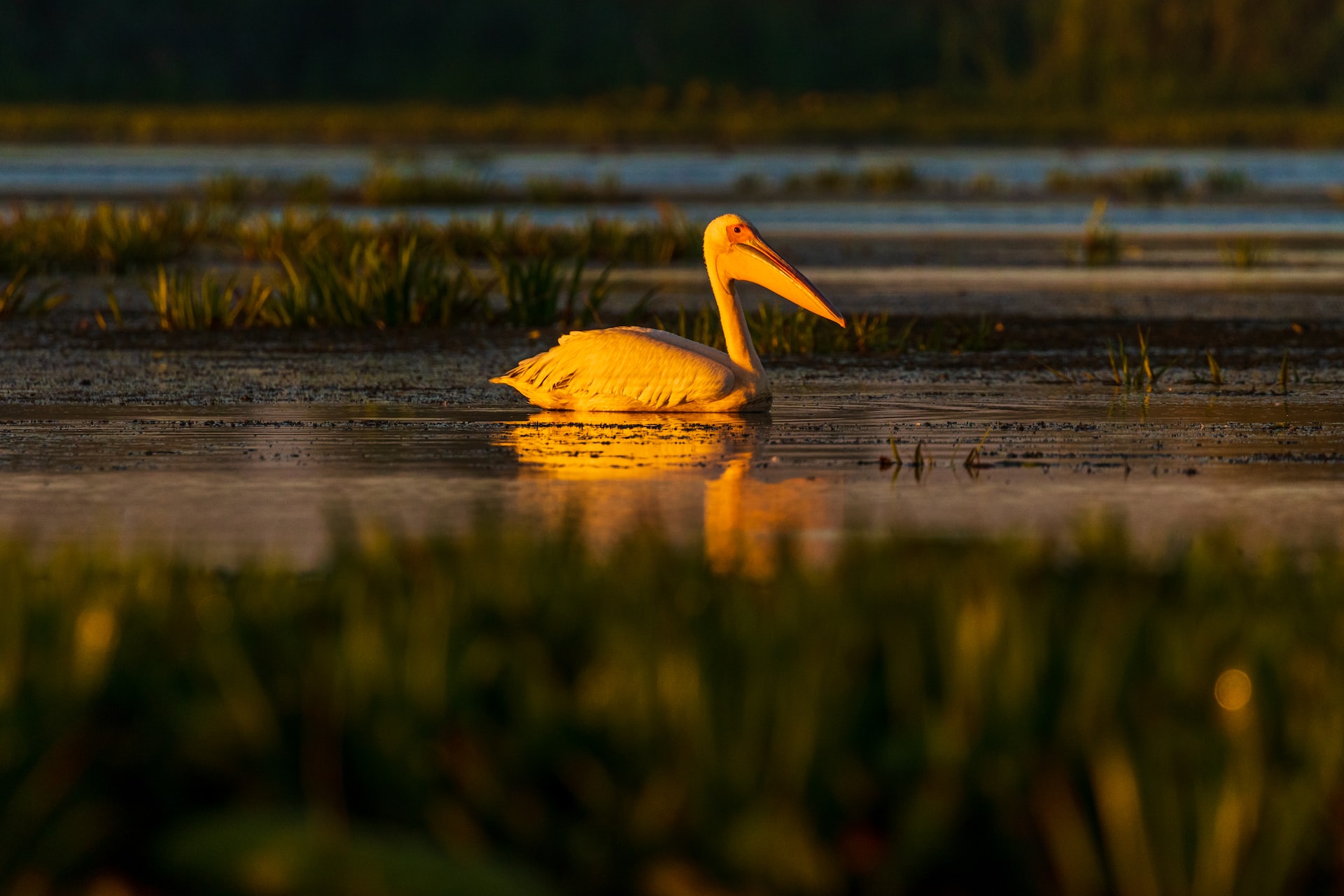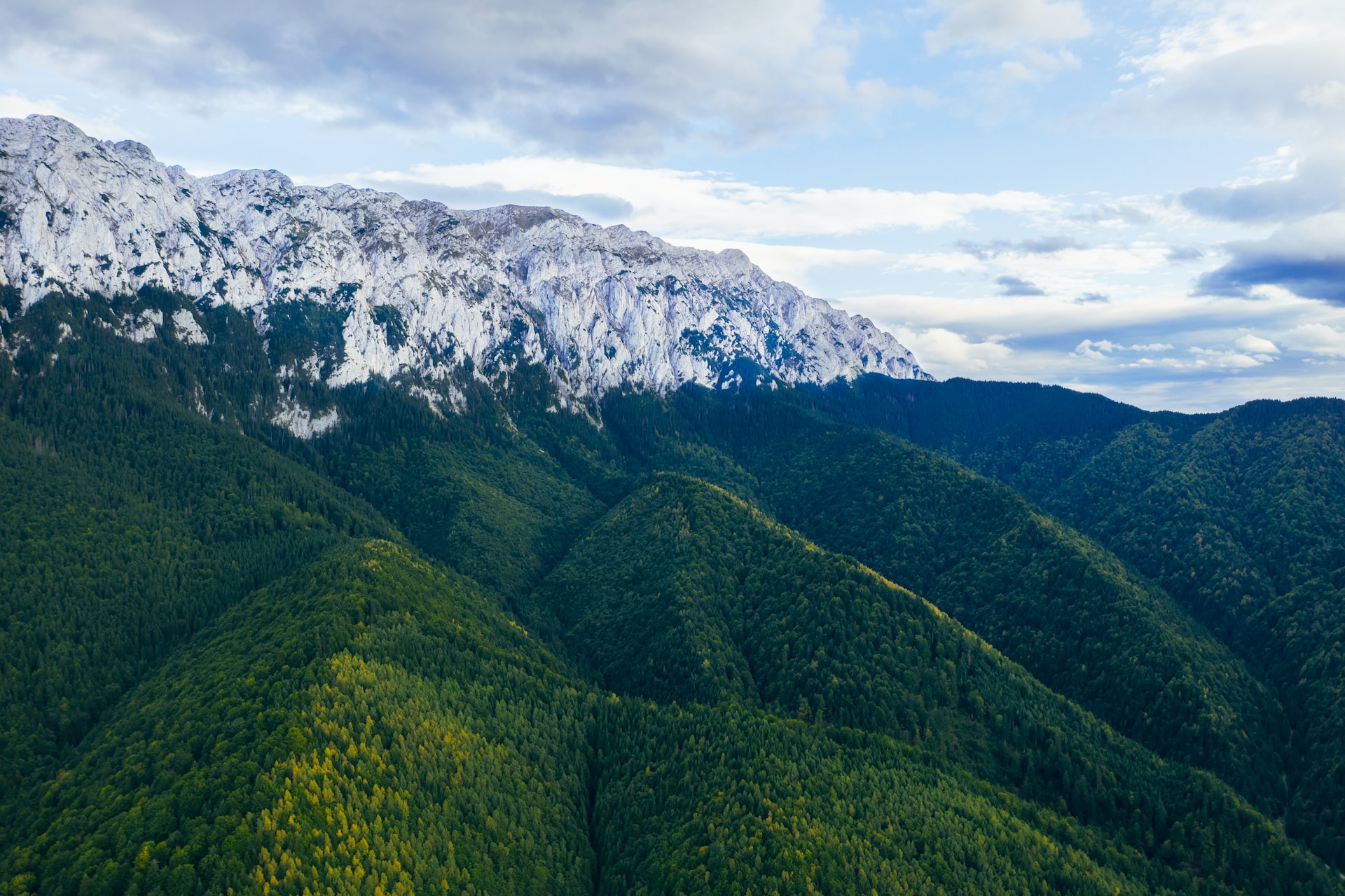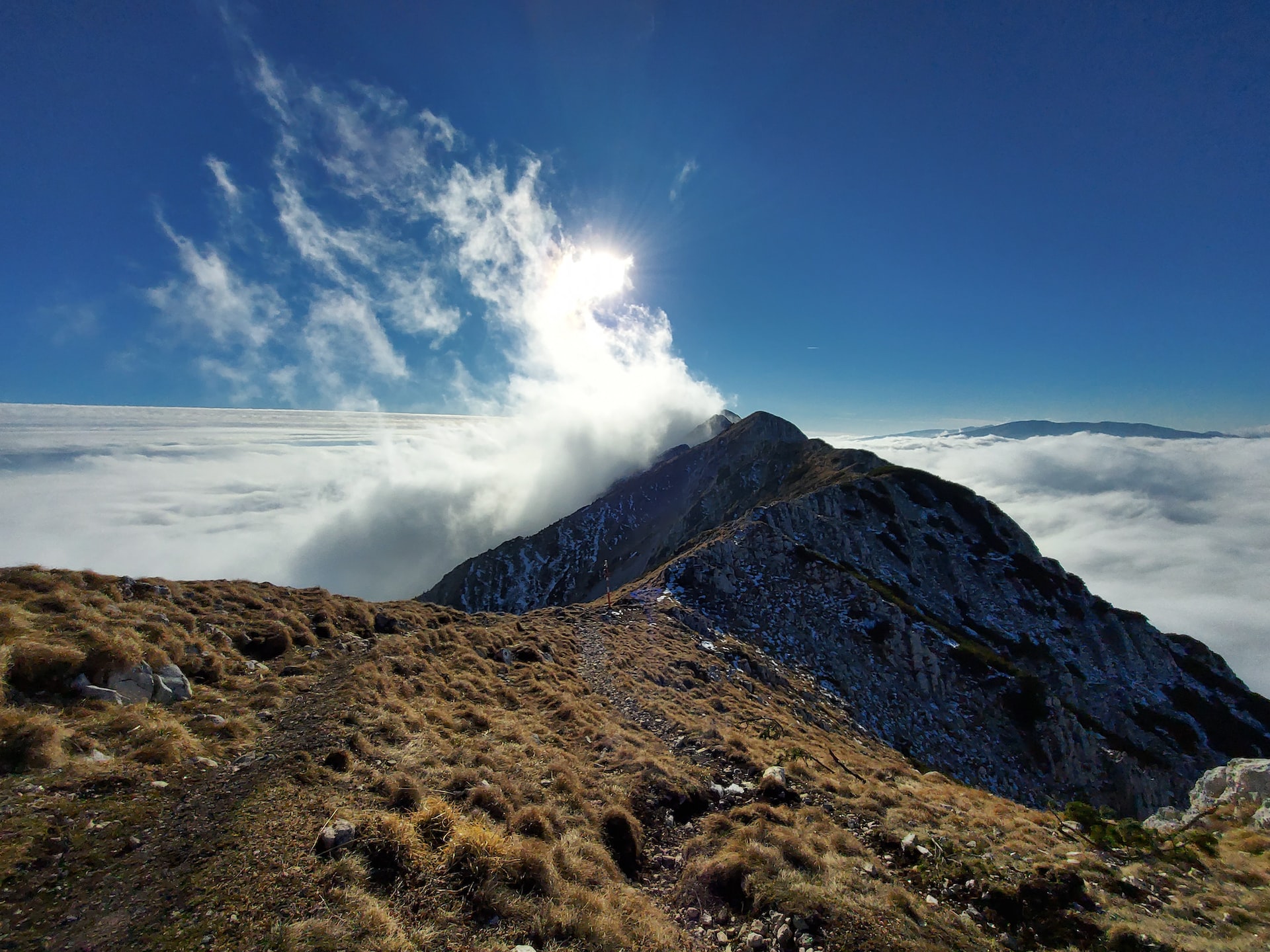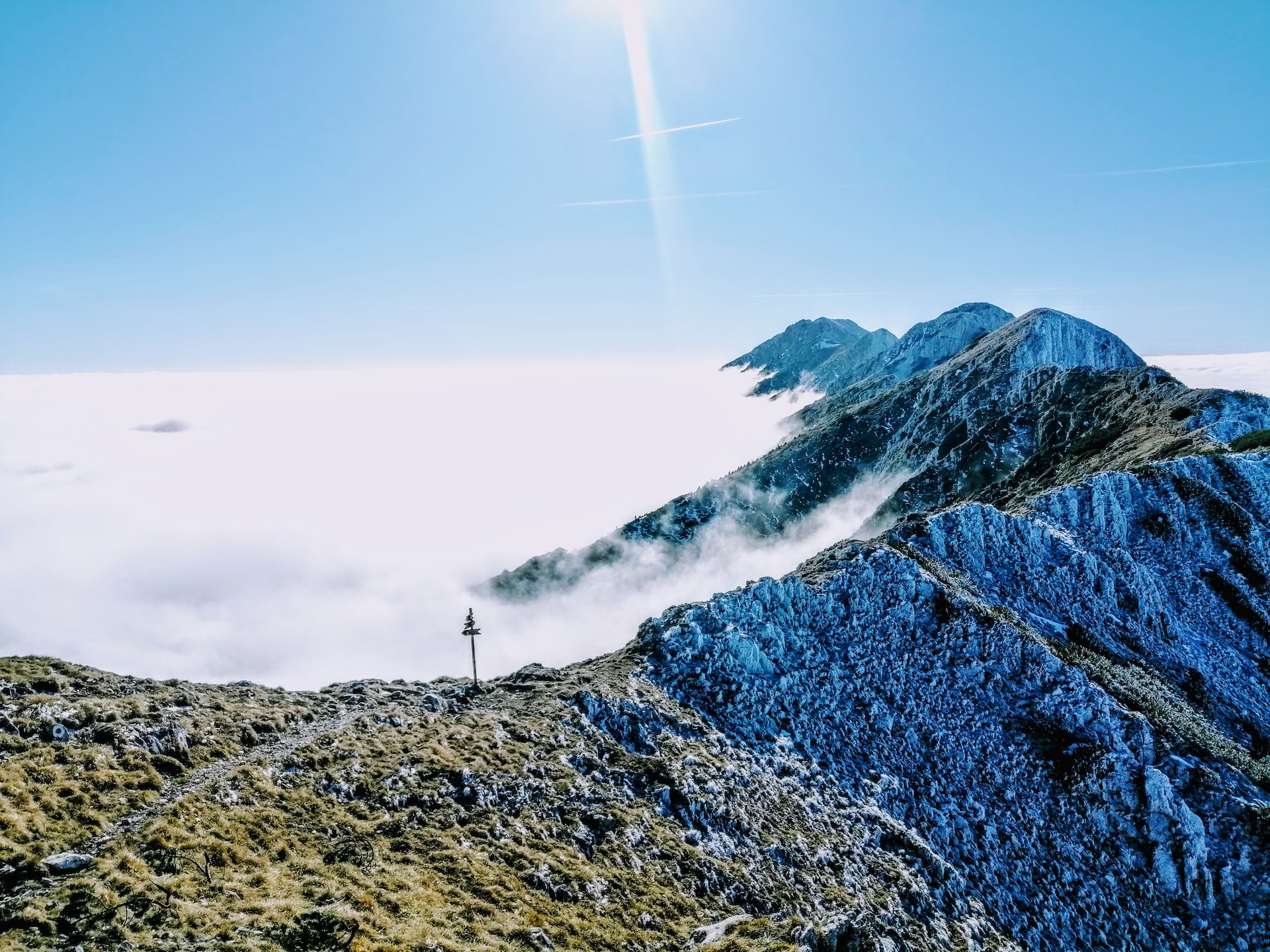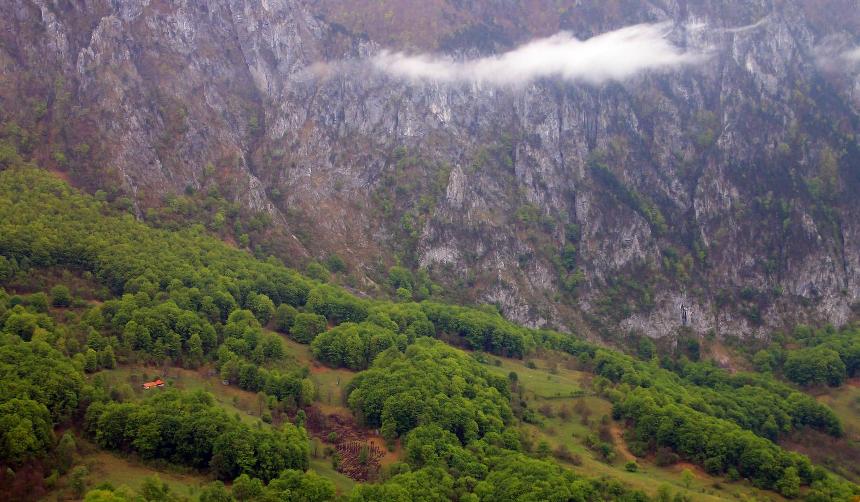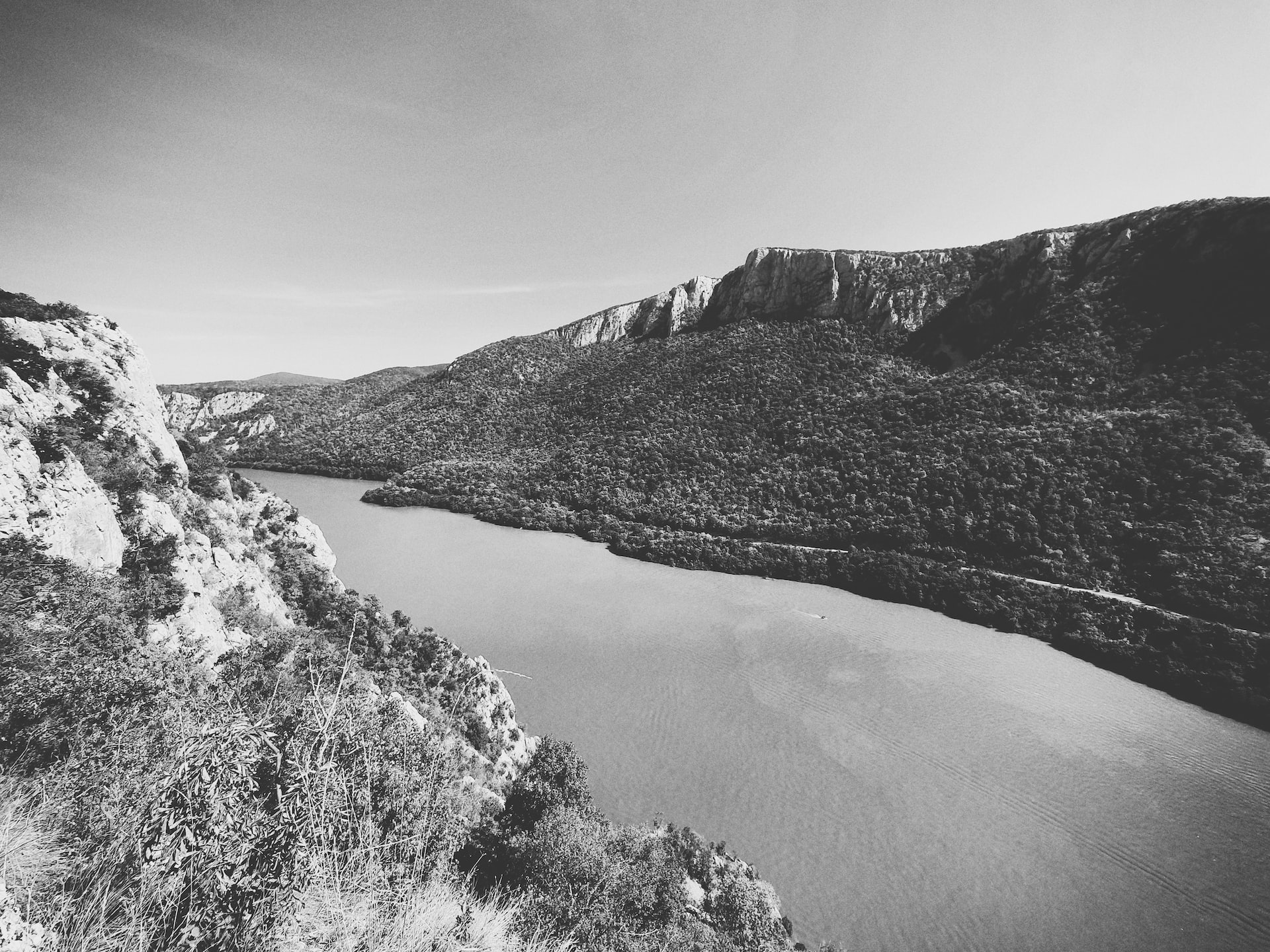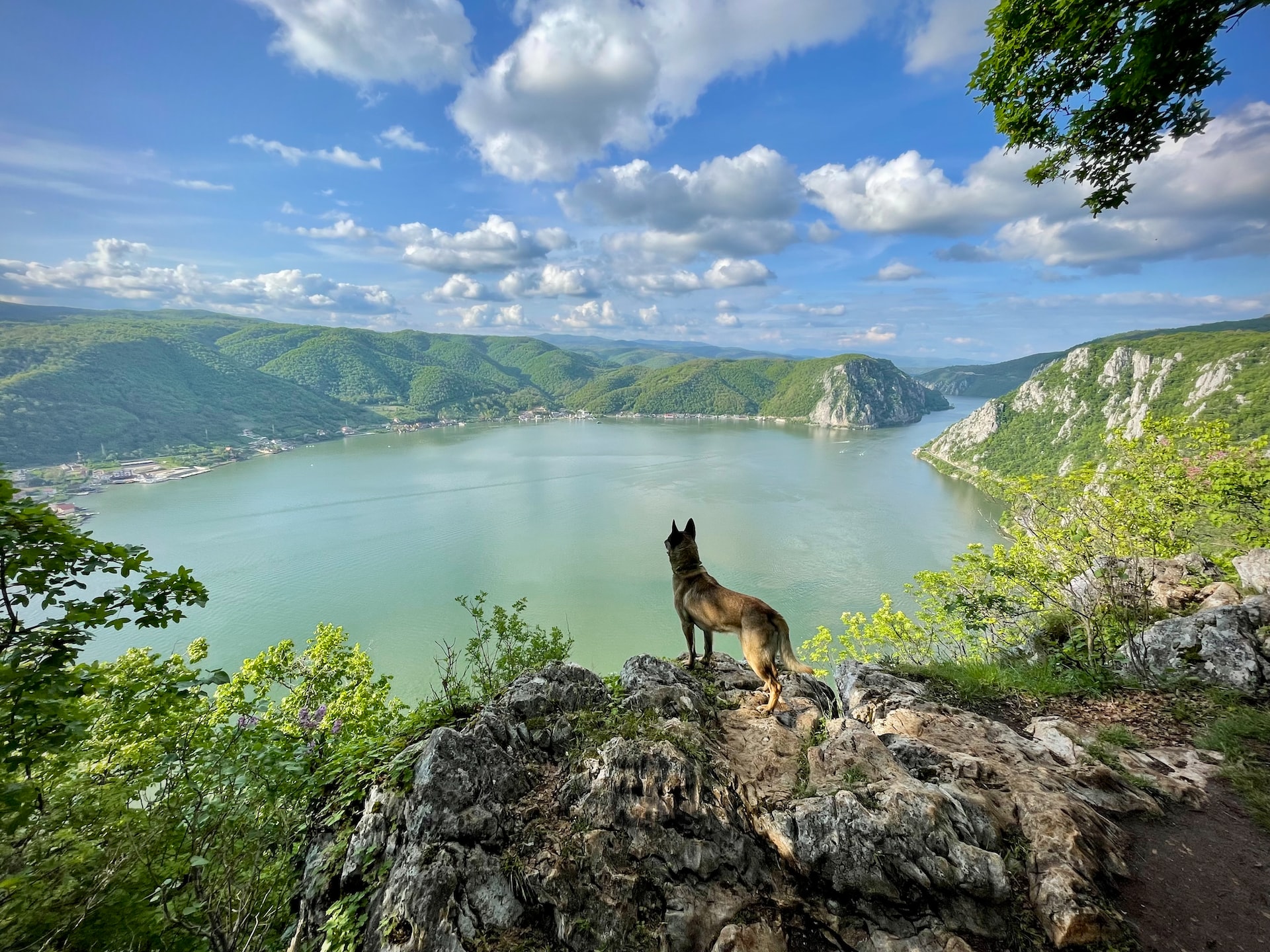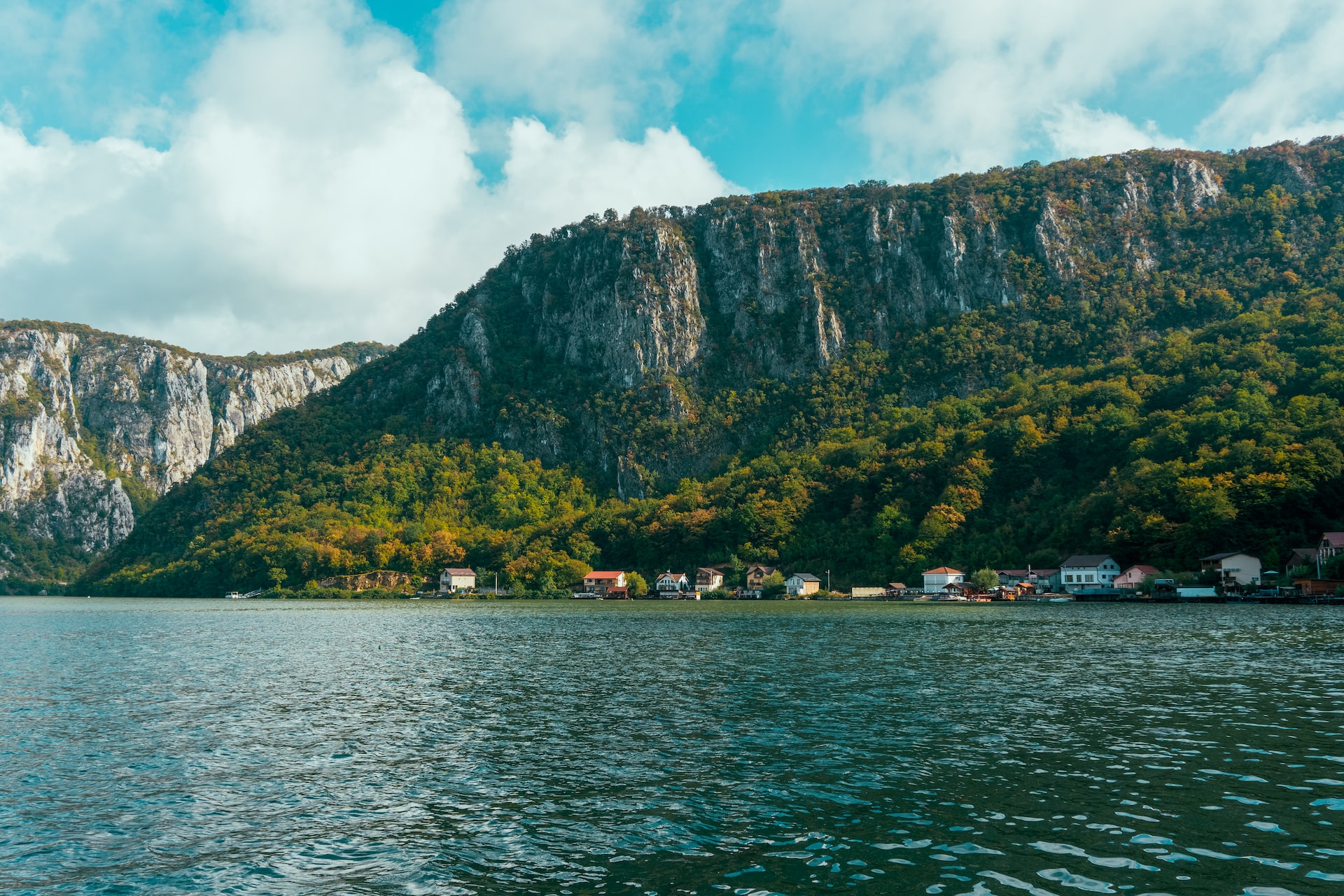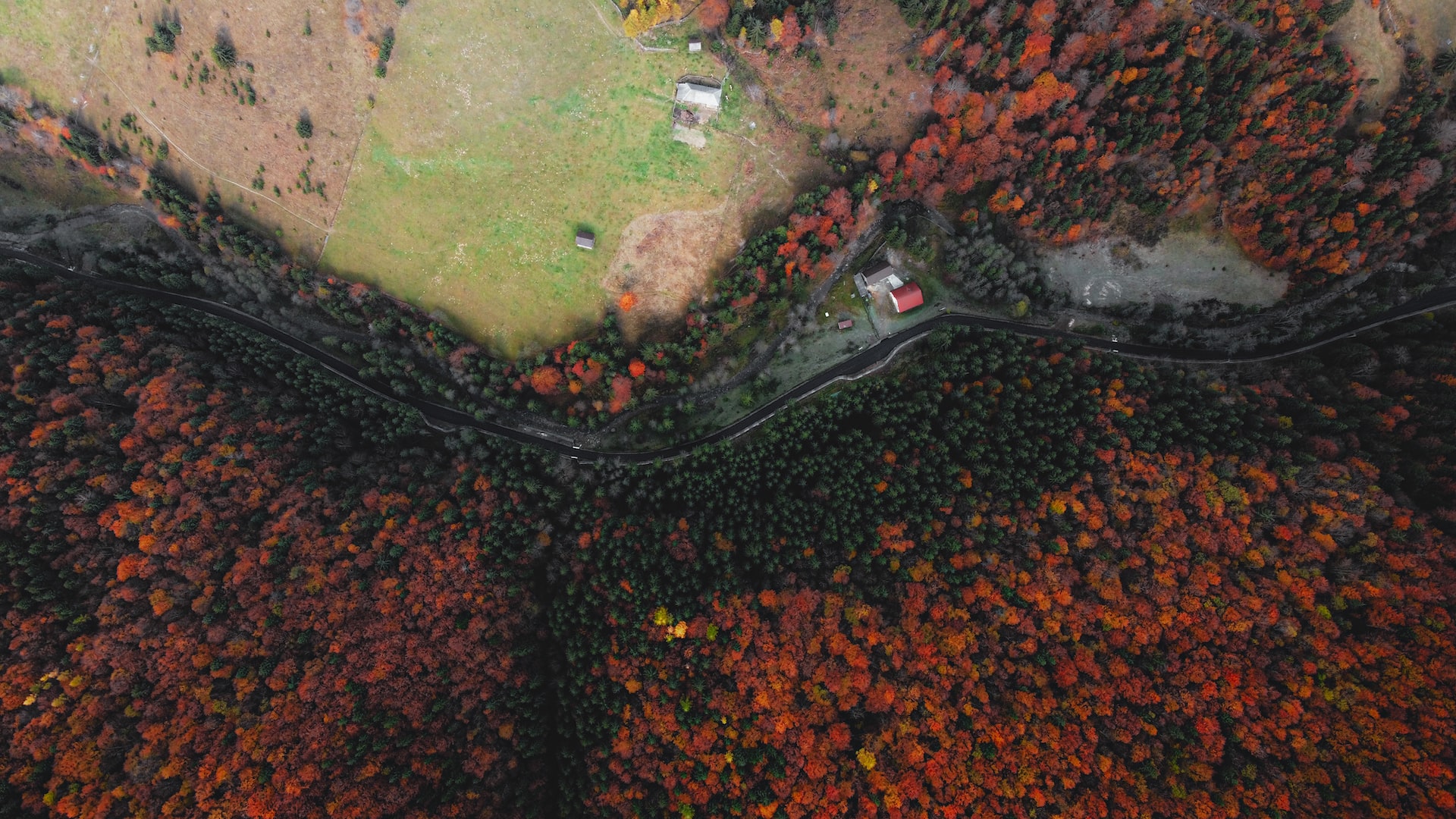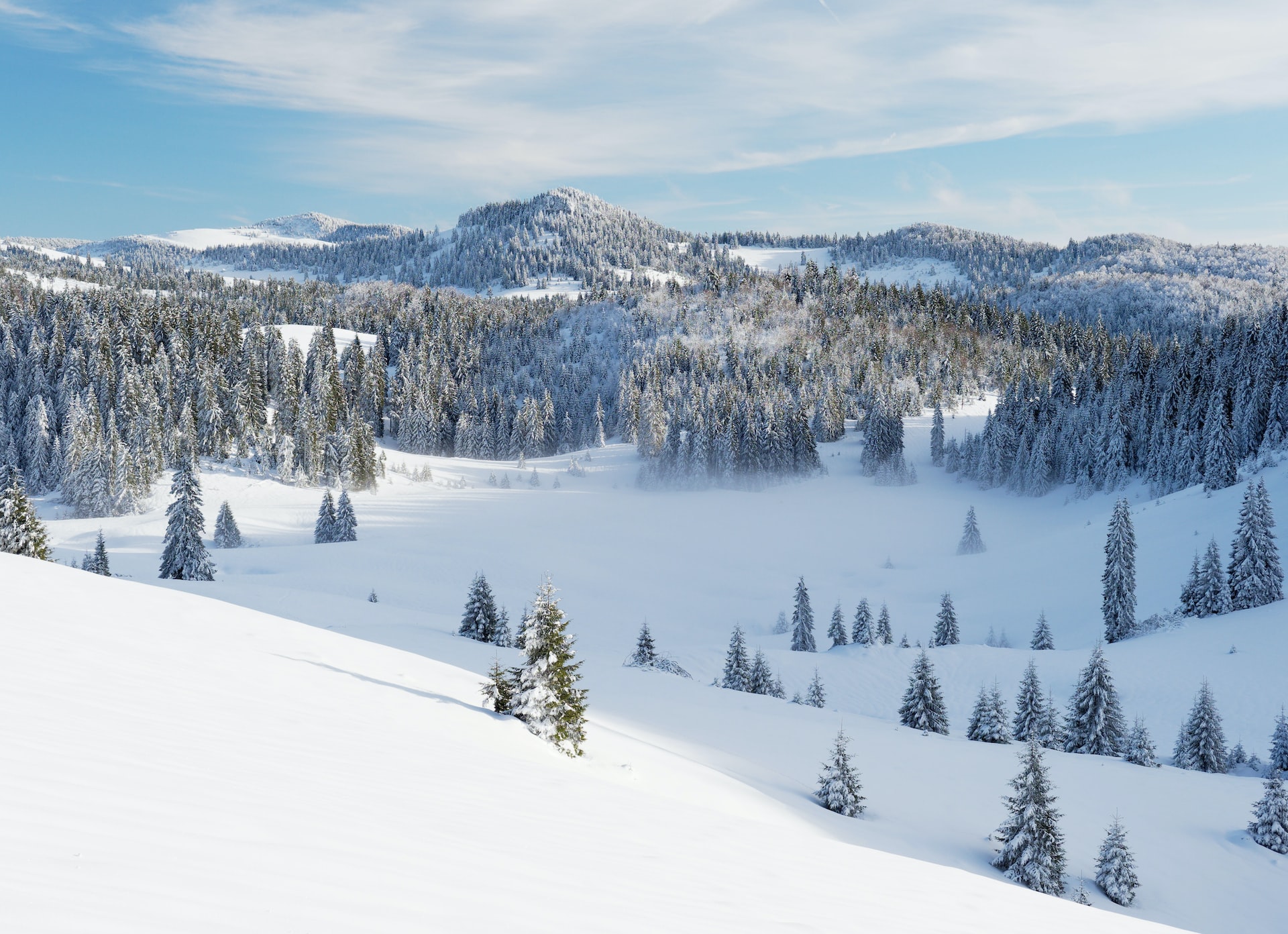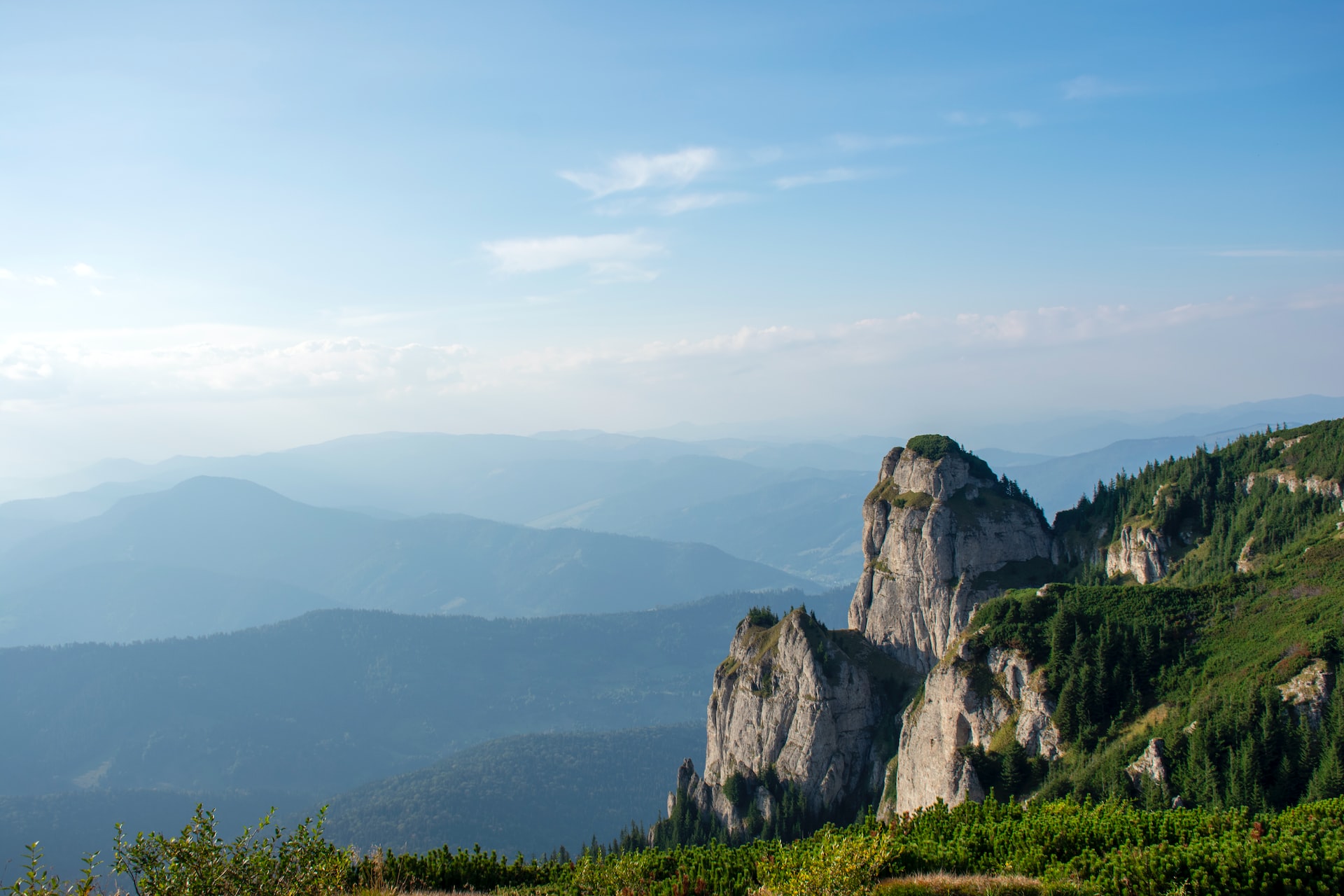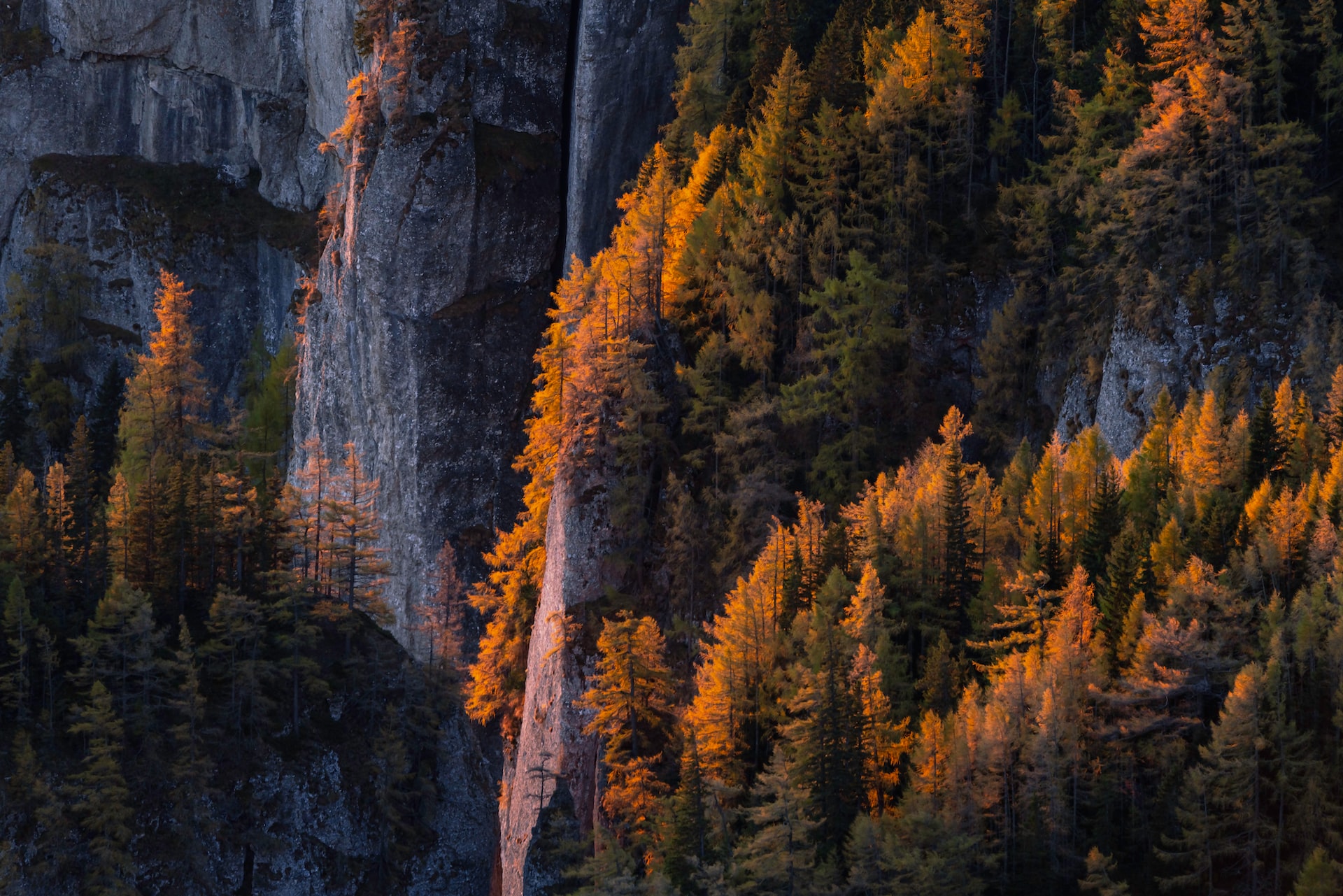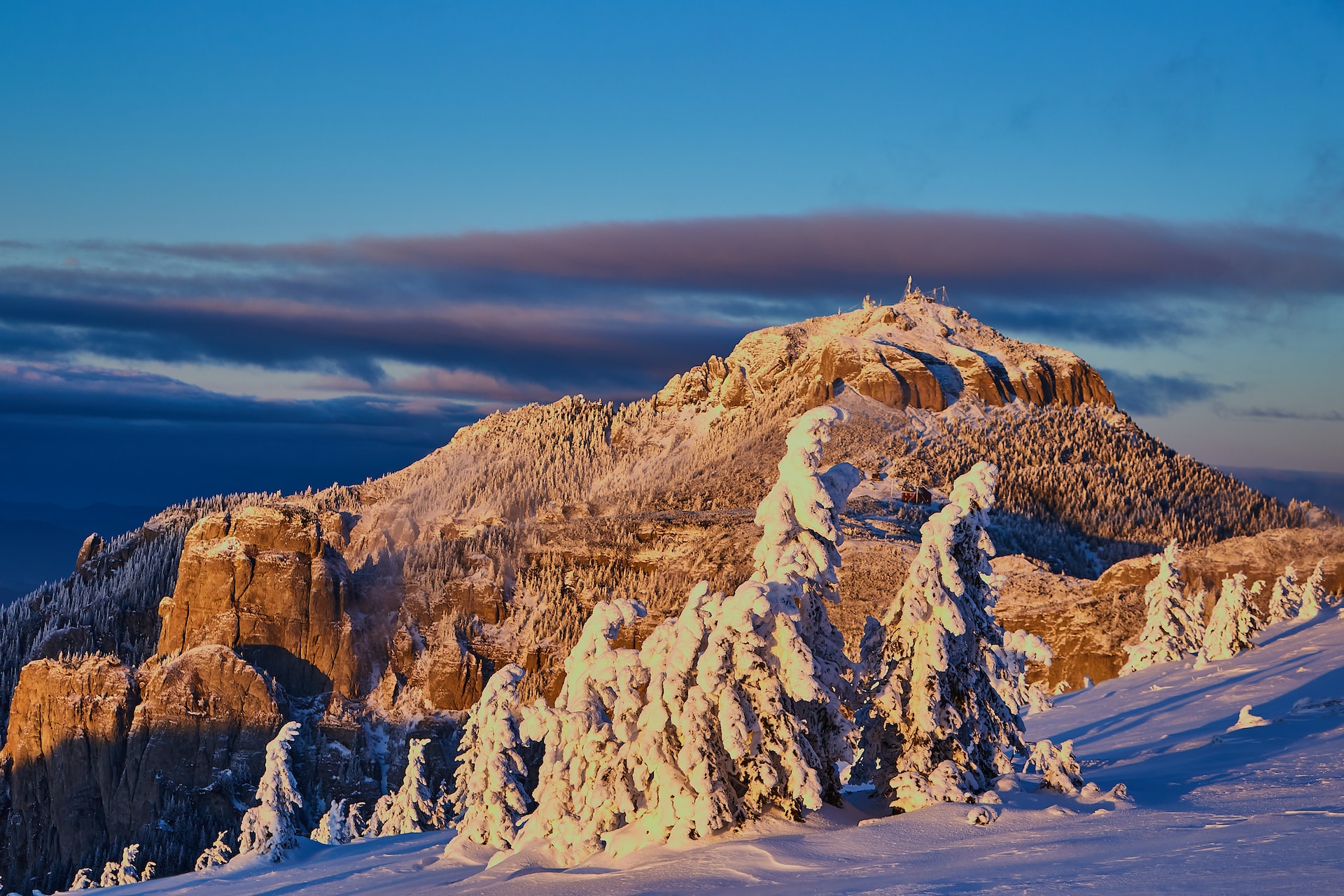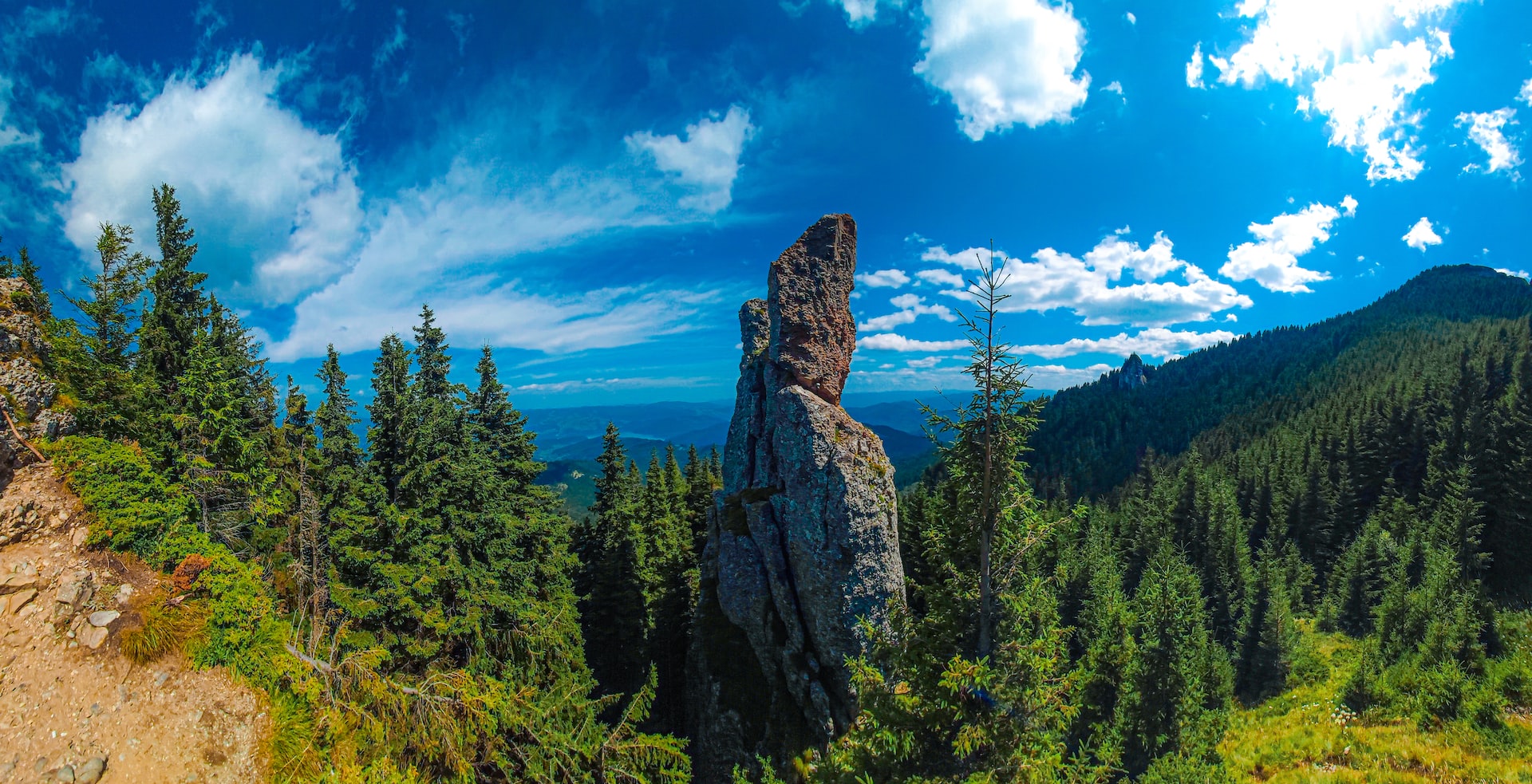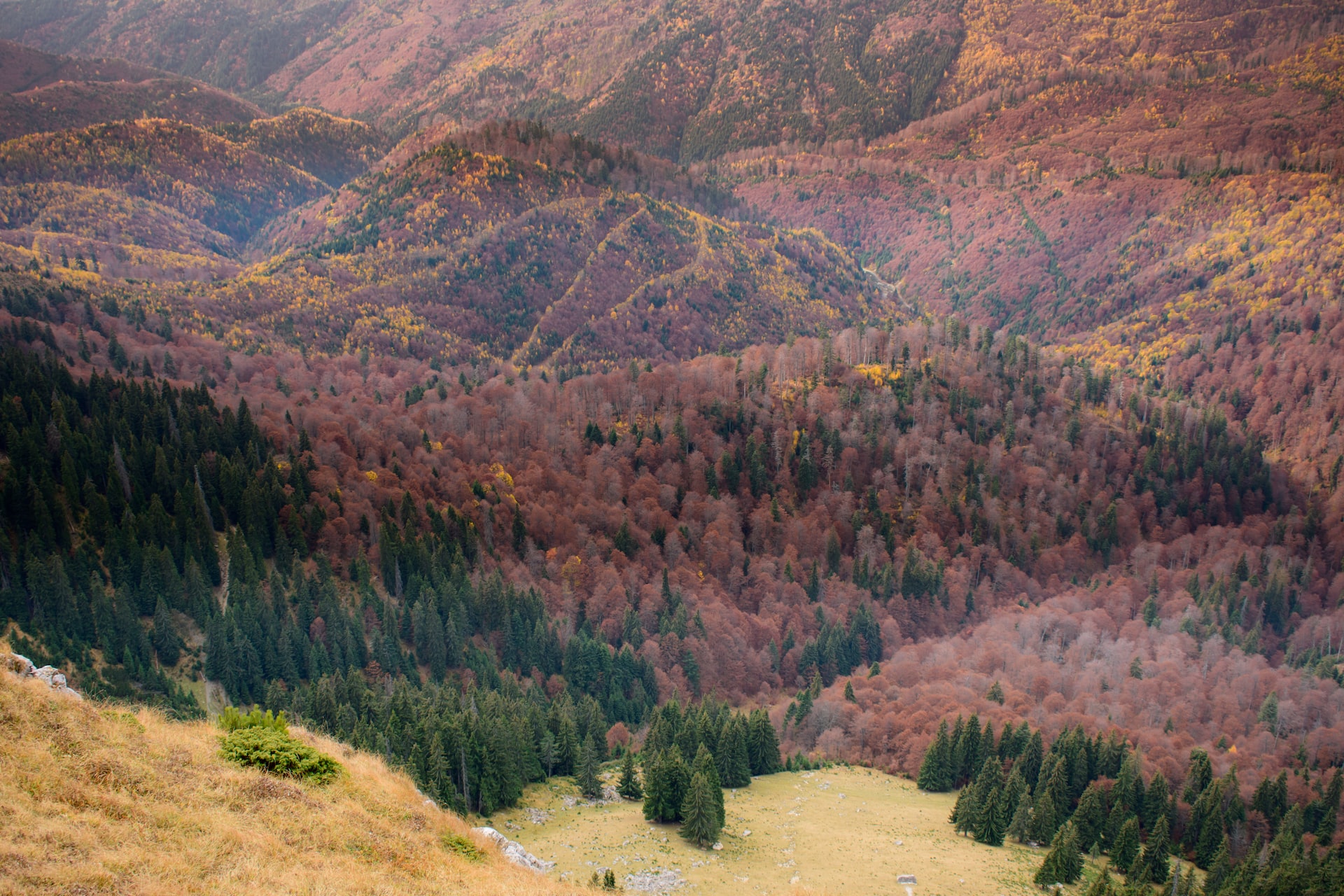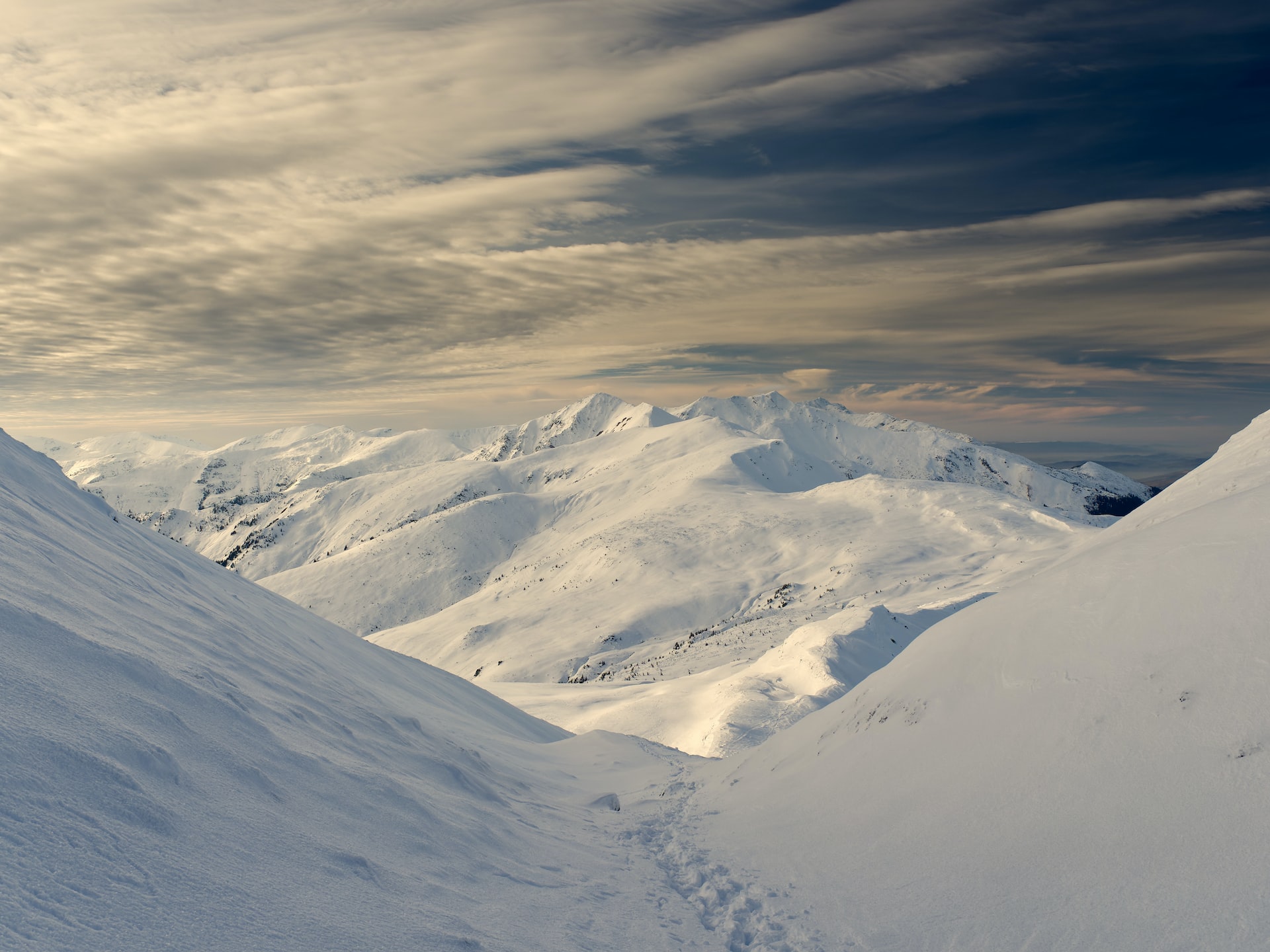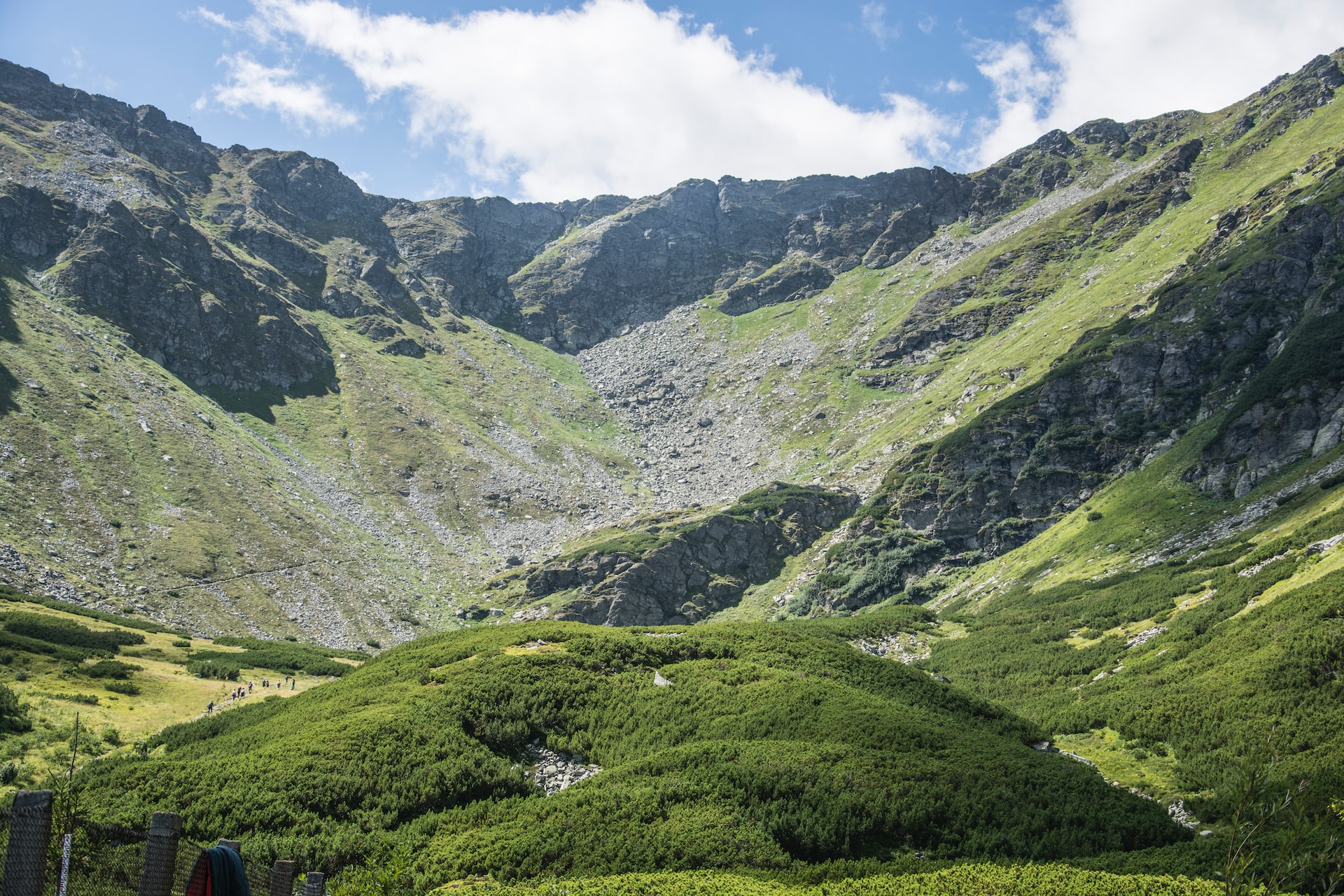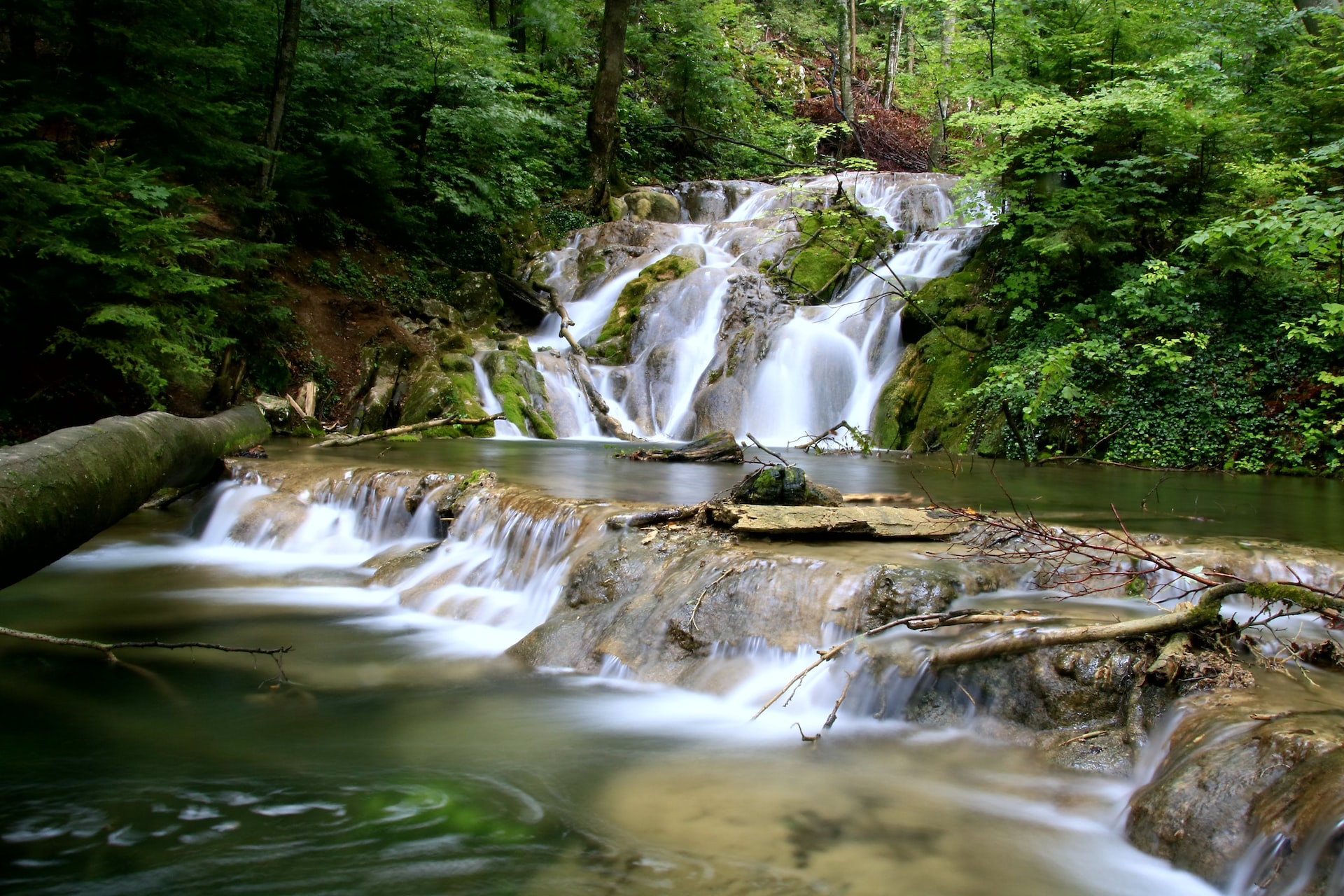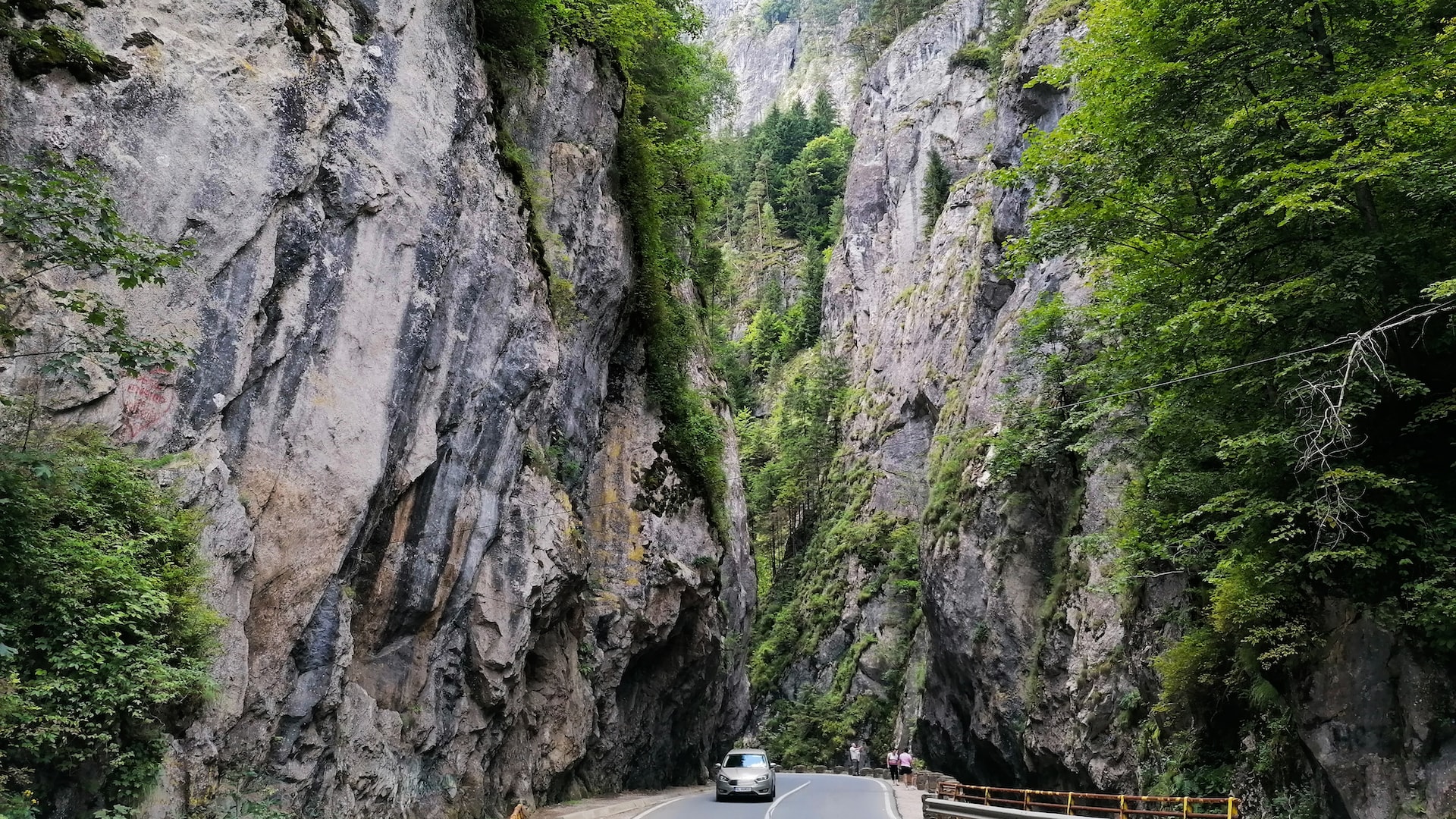Romania can boast the diverse scenic natural beauty, and big numbers of tourists come to enjoy it from all the corners of the world. This country has picturesque mountainous regions that are famous for their natural beauty and a lot of flora and fauna species.
More than 5.8% of the country’s landscape is protected, and the total protected area is 12000 square kilometers. The country has 14 big and beautiful national parks that are very interesting for tourists. The Danube Delta in the east, the magnificent Bigar Waterfall in the west, and Daffodil Glade in the Rodnei Mountains are perfect routes for everybody who loves nature.
You may not know where to go at first, so we are going to make your choice easier. Let us represent the most widely known and well-appreciated natural tourist attractions in Romania with all their best natural and man-made peculiarities.
Danube Delta
The Danube Delta national park is the largest national park in Romania, and it covers 580,000 hectares. The park is located in the eastern regions and is known as a true paradise for birdwatchers. It is also the unique place where you can see the last wild horses in Europe in their natural habitat. All in all, about three hundred species live in the park, and 176 come to breed in the Delta. They involve the Dalmatian and the white pelican.
The Danube Delta can only be reached by boat. If you love water and want to escape the city life, this destination is right for you.
The park also features Letea Forest. It is the oldest wildlife reservation in the country. Currently, it is included in the UNESCO World Heritage as a highly protected site, and it is also the northernmost subtropical forest in Europe. You can see numerous reptiles there, and about 2,000 species of insects are thriving under its leaves. You can also come across a white-tailed eagle or a red-footed falcon which are very rare.
You can consider the village of Sfantu Gheorghe as an accommodation place. Start your trip with exploring the surroundings from there and try the most delicious local food in its restaurants.
How to Get There
You can get to the towns of Braila or Galati from Bucharest, the capital of the country. It is a three-hour drive from there. Then, you need to take a ferry which will bring you to the Upper Delta. If your destination is the road along Chilia Branch, take the Tulcea-Tudor Vladimirescu ferry. You can also get to Tulcea from Bucharest within 3.5 hours. It is the best place to rent watersport gear and kayaks.
Accommodation near the park
The biggest town near the Danube Delta is Tulcea, see accommodation options here.
Piatra Craiului National Park
Piatra Craiului is translated as Kings Rock. It is the name for picturesque mountains located not far from the city of Bran in Transylvania. The city itself is well-known for its Dracula’s Castle. Piatra Craiului National Park is also known for its immense diversity of wildlife, the widest one in the whole country.
The park is a great place for lovers of hiking. The most seasoned ones can walk for 25 kilometers alongside the main ridge which is the longest one in Romania. The most convenient access point is Zarnesti which can be reached by car or by train. The charming villages of Magura and Pestera can also host travelers.
How to Get There
You can get to the Piatra Craiului National Park by air from Bucharest or from the brand new Brasov airport which will open its gates in June 2023. When you prefer to drive, you can get to Zarnesti by car. The town is located southwest of Brasov (30 km distance) and you can also access it by railway.
Accommodation near the park
The biggest town near is Brasov, see accommodation options here.
Domogled-Valea Cernei National Park
This protected natural area is located in three counties - Gorj, Caras-Severin, Mehedinti - and is a true bearish corner in Romania where even mobile network work works on a case by case basis. The area of the park is 61,211 hectares and it was set up in 1982 but the protected area was established on the 6th of March, 2000.
The park is 100% a mountainous area covered with dense forest full of oaks and beech trees, it has a fairy tale river Cerna flowing in the middle with 2 reservoirs on it. There is a road through the entire park along the river and you can drive all the way through the gorge to the famous SPA resort with thermal waters in Baile Herculane known from the Roman times.
Nature-lovers can find everything they need there - wandering in nature and watching birds and beautiful flowers everywhere. It is also perfect for mountain hikers.
How to Get There
You can get to the park in 6 different ways, going by plane, by train, taxi, rent a car, or take a bus. You can also drive there on your own or access the area easily from the Baile Herculane resort.
Accommodation near the park
We strongly advise you to choose accommodation in SPA resort Baile-Herculane at the entrance to the Park and enjoy thermal waters in local pools.
Iron Gates
Visit Romania to see an astonishing set of gorges on the Danube River located on the boundary between Romania and Serbia. The name was mentioned by The Times of London in 1853 for the first time. While many people believe that this name refers to the whole 83-mile area alongside the river banks, true tourists know that it is only the small part that consists of four narrow gorges.
The scenery is stunning there, you can enjoy it from the river banks as well as cruise boats. Years ago, these narrow gorges featured dangerous rapids. Though, after several dams were built in the mid of 70s the river was dammed, the water level significantly rose leading to depths of 100+ meters. In this part of the Danube it divides the Carpathian and Balcan mountain ranges.
You can see numerous caves on the rocky walls of the Iron Gates. Ponikova is the largest of them. You can find it near Dubova Town. It also has such names as Bat’s Cave or Water Mouth Cave.
Ada Kaleh is a flooded village, and the people were moved from it during the dam construction in 1970. You can see the remnants of it on the banks when the water level in the Danube goes down. However, this site has a very long history. It dates back to 5,000-13,000 years ago when Mesolithic culture was flourishing.
During your river cruise you can see a famous statue, the Face of Decebalus. Decebalus was the last king of the Dacians who inhabited this area at those times.
We'd like to add bright colors to your travelemotions and strongly advice you to visit a SPA resort Baile Herculane with thermal waters which is only 25 km from the Iron Gates.
How to Get There
The best way to get to Iron Gates is to arrive at Timișoara airport or Craiova one. Then you need to get to a small town called Orsova which is 200 km and 3 hours driving from Timișoara and 140 km and 2 hours driving from Craiova.
Maramures Mountains National Park
Visit the most northern and one of the largest national parks in Romania and ride a train pulled by a steam locomotive there. It’s a great attraction you will never forget. Enjoy the magnificent scenery of picturesque small mountain villages and gorgeous landscapes.
The Maramures Mountains are a mountain range that belongs to the Carpathians of Maramures and the Bucovina Mountains. The park covers 1,500 square kilometers and is the largest officially protected territory in the Romanian Carpathians and the main entrances are small cities of Borsa and Viseu de Sus. The flora and fauna of the Carpathian Mountains are fully represented in the park with 70% of its area belonging to the European Ecological Network - Natura 2000.
The city of Viseu de Sus consists of two municipalities - Viseu de Mijloc and Viseu de Jos. It is famous as a great tourist resort with a variety of ancient churches, exhibitions, a Jewish House, and museums.
There is a special natural object in Maramures we want you to explore - Vaser Valley. You can see it hiking through several popular tourist trails or taking a narrow gauge steam train Mocanita - Carpatian last Forestry Railways - which was used for timber delivery to Viseu de Sus.
Or you can tour to Borsa which is located at the feet of the Maramures and Rodnei Mountains. The city is located in the middle of the picturesque peaks of Pietrosul, Buhăescu Mic and and the rest, so it is great for mountain hiking.
How to Get There
Baia Mare has an international airport and from this city it is 2 hours drive to get to the park. Another option is to arrive at Cluj-Napoca which has an international airport directly connected to Austria, Belgium, France, Italy, Spain, Germany, UK and other western European countries and then drive 3 hours north-west.
To explore the beauty of the Maramures, you can opt for traveling by train or by car. The train ride from Cluj will take you 4-6 hours.
The distance from Bucharest to Baia Mare is about 600 km. It can take you up to eight hours if you want to go there by car. The road is picturesque, so you can make stops anywhere and enjoy nature in such beautiful locations as Sibiu or Sighișoara.
Accommodation near the park
Here’s a list of accommodation options in Viseu de Sus.
Calimani
When you visit Romania, the Calimani National park should be on your tour list. It occupies 24,000 ha and is an amazing place where you can observe the rich diversity of Romanian wildlife. The Pinus Cembra (Swiss stone pine) is a part of the national scientific reservation where you can meet the brown bear, badgers, lynxes and wild cats.
The most popular tourist attraction here is an 11 km long Thematic Tourist Route called “Twelve Apostles”. It starts in the village of Gura Haiti, located 28 km from Vatra Dornei in the commune of Sharu Dornei and tourists can take a trip through spruce forests and subalpine pastures to this geological reservation of eruptive rocks, formed by the volcanic erosion.
How to Get There
The nearest airports are in Suceava (3.5 hours driving) and Târgu Mureș (3 hours) and from there you should reach one of the access points - Dornișoara, Poiana Negrii, Gura Haitii.
Accommodation near the park
Check these gorgeous accommodations in Vatra Dornei.
Ceahlau
The Ceahlau National Park is located on the northern side of the Eastern Carpathians, in Neamt County. Its size is 7,742 ha. The place is well-known for its legends and landmarks telling about the history of the Dacians who are the ancient ancestors of the Romanian people.
The park is surrounded by stunning Lake Bikaz, the picturesque Ceahlau Mountains and fossil limestone Cusma Dorobantului. The Durutoarea waterfall is one of the most attractive places to visit here. The park stretches to the east and is bounded by the Bistrita River and Lake Bicaz, and in the south it is separated by the Bicaz River.
The legend says that a mean old woman once came here to feed sheep. It was so hot that she took off all her sheep-skin coats but at night, was frozen with her sheep into icy figures that turned into stones over time. That is why we can see those weird stone shapes around the peaks.
The highest peak you can enjoy here is Ocolasul Mare that is 1,902 meters high. The destination is great for mountain hikers. Among other activities, you can watch varied bird species, for example, the black stock, the European roller, and the golden eagle.
There are more than 2,000 flower species here and you can spot such interesting plants as the lady’s slipper orchid, the edelweiss, the bog rosemary, and many others.
How to Get There
You can get to the Ceahlau National park by air to the nearest airports located in Iasi (3 hours driving to Ceahlau) and Suceava (2.5 hours to drive), or take a train to Bicaz. If you prefer driving, ride along the national road DN15 Piatra Neamt - Toplita.
The main access points here are Neagra, Tasca, Izvorul Alb, Izvorul Muntelui, and some others.
Muntii Rodnei
Muntii Rodnei is the second largest national park in Romania that is also a biosphere reserve due to its rich flora and fauna. There are more than 1,000 plant species here, and many of them are endemic to this area. You should visit the fascinating Daffodil Glade which is a valley covered with beautiful wild daffodils. Or you can opt for the wonderful Cascada Cailor. It is a waterfall that falls from 40-meter-high steps. You may also go to Lake Ieser , a spectacularly clear water mirror with traditional shepherd folds set up there.
Tourists who prefer mountain hiking can enjoy the highest peaks of the Eastern Carpathians - Inau (2,279 meters), Pietrosul Mare (2,303 meters), and Buhaescu mare (2,257 meters) with their breathtaking rocky landscapes.
There are also spectacular caves. One of them, Grota Zanelor, is 4,269 meters long. Another one - Jgheaburi lui Zalion - features a difference of 266 meters in levels, so it is considered one of the most difficult routes to cross caves in Romania.
The park also presents the traces of the Quaternary glacification featured via glacial lakes. Visit Lala Mare, the largest glacial lake in the Rodnei Mountains located at the altitude of 1,815 meters not far from Inui Peak. You can also see Lala Mica or the four Buhaescu lakes that are unforgettably beautiful.
How to Get There
You can get to the park by air via the nearest airports of Cluj-Napoca (170 km and 2:40 hours driving), Suceava (170 km and 3 hours driving) and Targu Mures (180 km and 3 hours driving).
Accommodation near the park
You can stay in Borșa or Viseu de Sus.
Cheile Nerei-Beusnita
This beautiful area covers more than 36,000 hectares. It consists of six natural reservations. The park is worth visiting due to its thick forests and hills 600-1,000 meters high. They are the cozy habitat for wild boars, stone martens, bears, deer, and other species. Nature is pristine here, so there are more than 600 plant species in the area.
The park became famous when archeologists discovered the remains of the first Cro-Magnon civilization there that dates back as far as 42,000 years ago.
The most beautiful and widely known places to visit in the park are Lakes Ochiul Beiului and Ochiul Dracului, and Bigar Waterfall. The legend connected with this site refers to the love story between a rock and an underground spring.
Tourists also enjoy such activities as hiking and rock climbing in the park as well as enjoy rafting on the Nera River.
How to Get There
You can get to the park by arriving at Timisoara airport and then 2:20 hours drive.
Accommodation near the park
Stay in for at least one night Oraviţa.
Cheile Bicazului-Hasmas
The national park of Cheile Bicazului-Hasmas features an amazing variety of wildlife: many mammal species inhabit the area, for example, wolves, wild cats, bears, foxes, and the chamois deer. There are also rare reptiles, such as the yellow-bellied toad and northern crested newt.
There are 18 spectacular hiking trails of any difficulty within the park to choose from. You can also visit the magnificent Piatra Singuratica on the Hasmasu Mare Mountain.
There are three rivers that originate on the territory of the park: Bicaz, Olt, and Mures. The area of Lacul Rosu has a warmer climate and beautiful nature that will suit those who want natural calmness after stressful city life. You can get rid of insomnia there.
How to Get There
Arrive to Târgu Mureș by plane and then drive for 2:30 hours. The main access points are Lacul Rosu, Bicaz Chei, Balan, Barnadu and nearby train stations are Piatra Neamt, Gheorgheni, and Bicaz.
Accommodation near the park
See options in the nearest city - Gheorgheni.
Final Thoughts
Visiting the national parks in Romania is the best way of spending vacations if you want to relax, enjoy the natural beauty, and get to know the history and culture of this amazing and rich land. You will never forget travel emotions that will overwhelm you within your trip.

